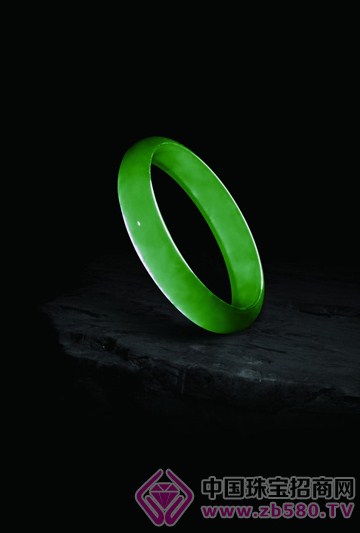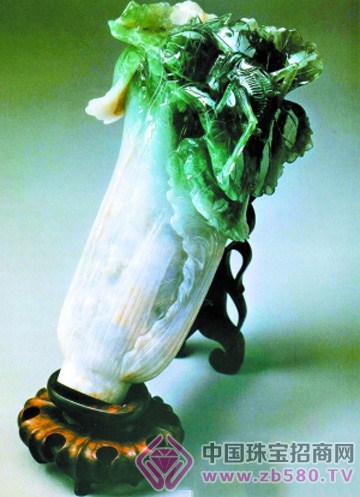It is mainly produced from the å‹ arch and the Myitkyina area in northern Burma. It is a rare sodium aluminosilicate mineral in the pyroxene class with a Mohs hardness of 6.5-7. Emerald is pure and non-impurity, white translucent, if it contains iron, it is reddish ("ç¿¡"), if it contains chromium, it is bright green ("Cui"), common jade due to internal trace The elements are different in color, such as white, red, green, purple, yellow, and ink.
Because of its texture and color, jade has a lot of difference with the traditional Chinese jade article selection criteria of “the first German characterâ€, and the history of development and utilization is not far away. The jade ornaments unearthed in the tombs of the late Ming Dynasty in Yunnan Province are the earliest jade archaeological materials known in China. At the same time, the archaeological evidence of jadeite has not been found in the mainland. In the fifty-eighth year of Emperor Qianlong (AD 1793), Ji Xiaolan wrote "Notes on Reading the Cottage", Volume 15 records: "The weight of the cover, each with its own fashion, no fixed. Also remember Yu Yushi... Yunnan jade jade At that time, it was not as good as jade, but it was like Lantian dry yellow, and the strong name was Yuxi. Today it is precious, and the price is far from the real jade.†The unearthed jade material confirms Ji Xiaolan’s words. For example, in the second year of Jiaqing (AD 1797), two tombs of jadeite beads were unearthed in the tomb (in Lingyan Mountain, Wu County, Jiangsu Province). It can be seen that the jadeite has become part of the elite in the middle and late Qianlong period. New love.

However, the arrogance of the jadeite, after all, still entrusted the Empress of Empress Dowager Cixi. Cixi especially loved jade in his lifetime, and he was buried with a lot of jade after his death. According to Zhao Yuzhen's "Antique Guide", he loved Yuexuan notes. Among the burial objects of Empress Dowager Cixi, there are vivid watermelons, melons, lotus leaves, Buddha statues, peaches, cabbages, etc. Jade items. Upward effect, Jade quickly became popular during the Cixi hearing, and the value was a hundred times.
Among the jade works in the middle and late Qing dynasty, the most famous and most talked about, is undoubtedly the “Jade Jade Cabbage†currently collected in the National Palace Museum in Taipei. It is said to be the dowry of Emperor Guangxu. This jade jade cabbage is crafted from the natural materials and colors of jade. The white body and the green leaves are almost exactly the same as the real cabbage. The green leaves still contain muse and locusts that symbolize many children and grandchildren. Similar jade cabbage, there are many pieces handed down, but the material carving work is slightly less than one. It is the two emerald cabbages buried in the tomb of the Empress Dowager Cixi. "Green heart and white leaves, a green beak on the heart of the cabbage, and two yellow bees on the green leaf", clever design and superb skill. They should not fall, but unfortunately, after the tomb of Cixi was stolen, they were scattered along with many other jewels, and the whereabouts are still unknown.

Qing jade cabbage (Tibetan Palace Museum)
Linen Bed Sheets,Velvet Bed Sheets,Polar Fleece Sheets,Polyester Bed Sheet
ZHEJIANG HUIDE NEW MATERIAL CO.,LTD , https://www.zjhuide-microfiber.com